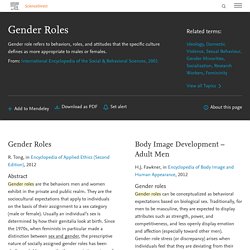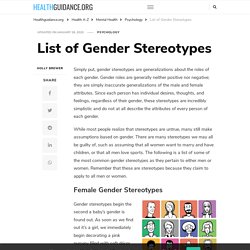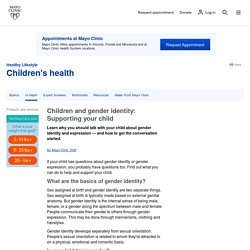

Albert Bandura. Social Learning Theory. Social Learning Theory. How Albert Bandura's Social Learning Theory Works. Learning is a remarkably complex process that is influenced by a wide variety of factors. As most parents are probably very much aware, observation can play a critical role in determining how and what children learn.1 As the saying goes, kids are very much like sponges, soaking up the experiences they have each and every day. Because learning is so complex, there are many different psychological theories to explain how and why people learn. A psychologist named Albert Bandura proposed a social learning theory which suggests that observation and modeling play a primary role in this process.2 Bandura's theory moves beyond behavioral theories, which suggest that all behaviors are learned through conditioning, and cognitive theories, which take into account psychological influences such as attention and memory. 0 seconds of 0 secondsVolume 90%
The Social Learning Theory. Social Learning Theory and Child Behaviour. Social Learning Theory Gender Development. The Social Learning Theory : Gender Development. Gender Identity and Expression in the Early Childhood Classroom: Influences on Development Within Sociocultural Contexts (Voices) Gender Identity Development in Children. By: Jason Rafferty MD, MPH, EdM, FAAP There are many ways parents can promote healthy gender development in children.

It helps to understand gender identity and how it forms. What's the difference between gender and sex? Being a boy or a girl, for most children, is something that feels very natural. Gender Development Research in Sex Roles: Historical Trends and Future Directions. The Social Learning Theory : Gender Identities. Gender Roles - an overview. 5.1.2 Effects of gender identity on behavior Gender roles also create sex differences in behavior when people adopt them as gender identities.

Masculine and feminine identities guide behavior through self-regulatory processes. That is, people use their gender identity as a personal standard by against which to evaluate and guide their behavior (Moretti & Higgins, 1999; Wood, Christensen, Hebl, & Rothgerber, 1997). Just as agency and communion are typical themes of social expectations, people commonly internalize aspects of gender roles involving agency and communion (Wood & Eagly, 2009).
Gender Roles in Society. Gender roles in society. Gender Roles In Children. Children on Gender Roles. Gender Roles-Interviews with Kids. Gender Roles on Children. Gender Stereotypes. Annual Review of Psychology. Effects of Gender Stereotypes. Gender stereotypes are sets of cultural expectations popularly adopted by the mass majority.

These roles and expectations are kept in place partly because of the human need to belong. Some cultures have restricting gender stereotypes, while others have become more lenient and accepting of deviation from gender roles. 1 Gender Stereotyping and Women Women's gender stereotyping is more commonly discussed when teaching gender stereotypes because many believe that the gender stereotyping of women has been a huge disadvantage for the advancement of women socially, through education and in the workforce.
Common gender-stereotypical qualities of women are: submissive, quiet, neat, weak, clean, clumsy, incompetent and motherly. List of Gender Stereotypes. Simply put, gender stereotypes are generalizations about the roles of each gender.

Gender roles are generally neither positive nor negative; they are simply inaccurate generalizations of the male and female attributes. Since each person has individual desires, thoughts, and feelings, regardless of their gender, these stereotypes are incredibly simplistic and do not at all describe the attributes of every person of each gender. While most people realize that stereotypes are untrue, many still make assumptions based on gender. There are many stereotypes we may all be guilty of, such as assuming that all women want to marry and have children, or that all men love sports. The following is a list of some of the most common gender stereotypes as they pertain to either men or women. Gender Stereotypes. (10) Gender Roles and Stereotypes. Gender Stereotypes: Kids Believe Them By Age 10. Gender Stereotyping on Children. Supporting our children gender development. Healthy gender development. Children and gender identity: Supporting your child.
Children and gender identity: Supporting your child Understand the importance of talking with your child about gender identity and expression — and how to get the conversation started.

By Mayo Clinic Staff.